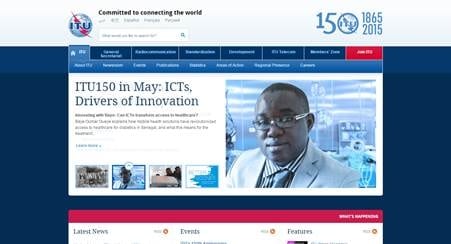ITU standards experts have doubled the access speeds achievable with the ITU G.fast broadband standard. G.fast is now capable of enabling data rates up to 2Gbit/s over traditional telephone lines, providing operators with a valuable complement to fibre to the home (FTTH) technologies in scenarios where G.fast proves the more cost-efficient strategy.
This achievement comes in parallel with the completion of ITU standards detailing commonalities in software-defined networking (SDN) and automatically switched optical networks (ASON); tools to meet the expected synchronization demands of 5G systems; and the characteristics of state-of-the-art optical fibre.
These standards have achieved first-stage approval and are expected to see final approval before the close of 2016.
G.fast provides fibre-like speeds matched with the customer self-installation of DSL, resulting in cost-savings for service providers and improved customer experience.
The third amendment of ITU-T G.9701 doubles the aggregate net data rate achievable with G.fast, increasing its capacity to 2Gbit/s using spectrum up to 212 MHz. The update to the standard maintains spectral compatibility with VDSL2. The coexistence of G.fast and VDSL2 offers service providers the agility required to switch customers between G.fast and VDSL2 as business operations demand.
The amendment extends G.fast’s application to coaxial cable, enabling the coexistence of G.fast and satellite signals in coaxial cable infrastructure. The amendment also specifies a mechanism for dynamic time assessment, functionality that enables upstream or downstream transmission to exploit G.fast’s full aggregate net data rate. This functionality will improve users’ broadband experience by increasing upload or download speeds in line with the demands of the applications in use.




















